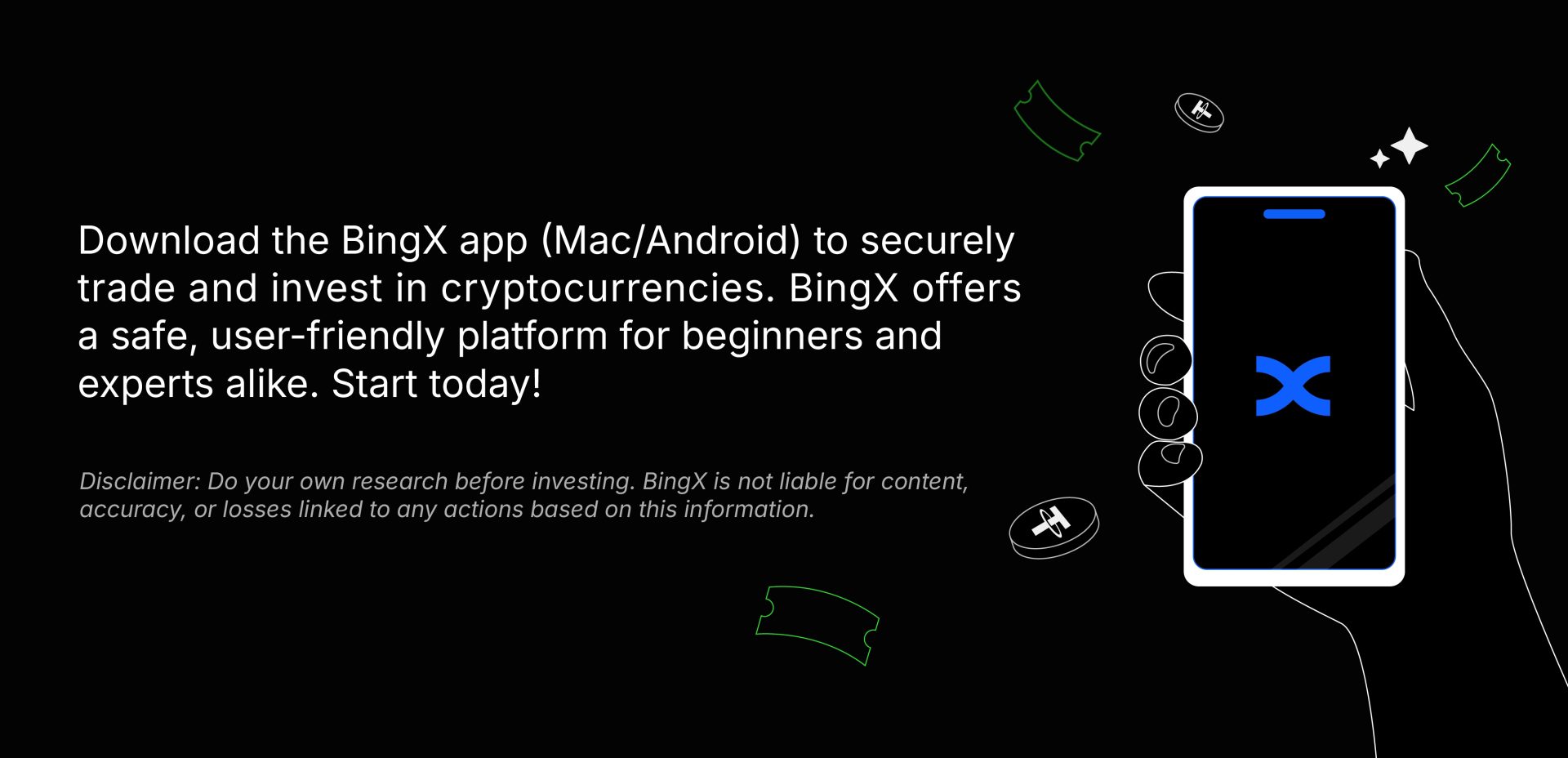Ever wondered if your dusty old desktop or a Raspberry Pi could do more than stream Netflix and collect cat videos? What if it could help secure a blockchain? With all the buzz around crypto, many assume you need a futuristic server room or thousands of dollars in hardware to be part of the network. That’s not the case. Whether you want to validate transactions on Ethereum, stake ADA on Cardano, or help decentralize Bitcoin, getting started with node operation might be easier and cheaper than you think. While ASICs and massive GPUs dominate mining headlines, running a node or validator can sometimes be done on devices no bigger than a lunchbox. Curious how? Let’s break it down by blockchain.
Bitcoin Nodes: Old School Security with Low Barriers
Running a Bitcoin node isn’t just for tech wizards. In fact, you can operate a full node on something as modest as a Raspberry Pi 4 with 8GB RAM, 1TB SSD, and a stable internet connection. Projects like Umbrel and RaspiBlitz have simplified the process with plug-and-play setups for home users. Sadly, bitcoin nodes don’t generate income like mining rigs, but they provide a crucial service: verifying every transaction and block independently. This ensures you’re not relying on third-party nodes, giving you complete trust in your transactions. It’s like having a lie detector for your Bitcoin wallet, minus the wires and sweat.
Ethereum Validators: Staking with Purpose
For those who’ve been hibernating the last three years from crypto winter or new to the web3 scene, Ethereum has transitioned from a Proof-of-Work to a Proof-of-Stake consensus mechanism. Anyone with 32 ETH is free to run a validator node. You don’t need a data center, just the required amount of ETH, a mini PC like an Intel (now Asus) NUC with 16GB of RAM, a quad-core CPU, and a 1TB NVMe SSD should be enough. Some even use fanles mini PCs to keep it silence and power-efficient if the constant 24/7 fan-humming sound gets to you.
Once you got all that hardware zapped together, you can setup your validator PC and attest blocks, contributing to the security and consensus of the Ethereum network. Yup, it requires some technical setup, but with guides and community support, even non-coders are getting involved. Let’s face it though: staking is a bit like earning interest for locking your crypto in a very smart savings account.
Solana and Cardano: More Power, Still Feasible
Solana‘s speed comes at a cost: hardware. To run a validator effective, you’ll need some serious specs. At least 256GB RAM, a 16-core CPU, and dual 2TB NVMe SSDs. This makes it a better fit for committed operators or collectives. It’s not Raspberry Pi territory, but still manageable with modern server-grade desktops. Cardano is much more forgiving. You can run a stake pool with just 24GB of RAM, a dual-core CPU, and around 150GB of storage. Operators often use cloud VPS instances, but it’s also possible to run it locally with hardware similar to a high-end gaming PC. Compared to Solana, it’s like choosing a family SUV over a Formula 1 car: still powerful, just less needy.
Join the Revolution From Your Desk
Who said you needed a tech degree or a $10,000 rig to help secure a blockchain? Whether it’s Bitcoin’s full node, Ethereum’s staking, or running validators for Solana or Cardano, there’s room for everyday users to contribute. With guides, tools, and lightweight hardware options, it’s more accessible than ever.
